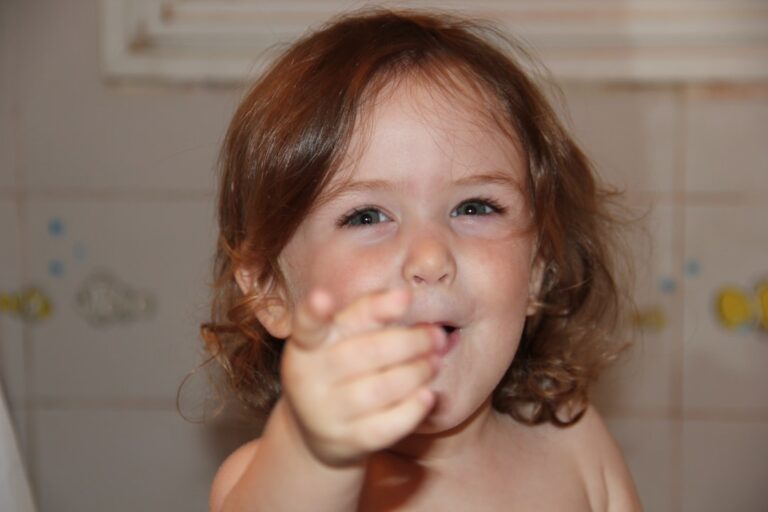Disciplining children is one of the most challenging—and frequently misunderstood—aspects of parenting. Many parents worry: Am I being too strict? Too lenient? How can I guide my child’s behavior without yelling, shaming, or losing my cool? Enter positive discipline: an evidence-based parenting approach that balances boundaries with empathy, creating a loving framework where children thrive and learn from their mistakes.
What Is Positive Discipline?
Positive discipline is a philosophy grounded in respect, encouragement, and teaching—not punishment. Instead of relying on fear or harsh consequences, positive discipline emphasizes:
- Clear expectations and consistent boundaries
- Mutual respect between parent and child
- Problem-solving and emotional coaching
- Focus on learning and skill-building, not blame
This gentle yet firm approach has been shown to foster emotional intelligence, responsibility, and a lifelong love of learning and cooperation.
Why Positive Discipline Works: The Research
Decades of child development research consistently show that punitive approaches—such as yelling, spanking, or time-outs disconnected from learning—can damage trust and diminish self-esteem. Positive discipline, instead, cultivates:
- Secure attachment: Children feel safe, loved, and confident to explore and learn.
- Better behavior outcomes: With clarity and consistency, children internalize boundaries and become more self-disciplined.
- Stronger parent-child relationships: Respectful communication reduces power struggles and increases cooperation.
Common Myths About Positive Discipline
Some parents fear that positive discipline is too permissive—”Letting kids get away with anything.” In reality, it’s about teaching rather than controlling. Common misconceptions include:
- Myth: Positive discipline means no consequences. Fact: It means using logical, relevant consequences that teach rather than punish.
- Myth: It’s only for ‘easy’ children. Fact: All children, especially strong-willed ones, benefit from respectful guidance.
- Myth: It takes too long. Fact: While it requires consistency, long-term results include fewer battles and stronger self-control.
Positive Discipline in Practice: Tried-and-True Techniques
Ready to try positive discipline at home? Here are some actionable techniques, with real-world examples for every age:
1. Connect Before You Correct
Before addressing misbehavior, take a moment to connect emotionally. Try kneeling to your child’s level, making eye contact, and using a gentle touch or validating words. Children are far more likely to listen and learn when they feel understood.
2. Use Clear, Calm Communication
State your expectations positively and succinctly. Instead of “Don’t run inside!”, try “Walk, please.” Avoid lectures—instead, ask questions to engage your child’s reasoning: “What should we do with our toys when we’re done playing?”
3. Offer Choices Within Boundaries
Give your child some control by offering appropriate choices: “Would you like to brush your teeth before or after pajamas?” This encourages autonomy while maintaining structure.
4. Apply Natural and Logical Consequences
Naturally occurring consequences (like feeling cold after refusing to wear a coat) and logical, related consequences (like cleaning up spilled milk) teach real-life cause and effect without shame.
5. Focus on Solutions Together
When a pattern of misbehavior arises, invite your child into problem-solving. For example: “You’ve been having a hard time getting ready for school. What ideas do you have to make mornings smoother?”
6. Positive Reinforcement and Encouragement
Notice effort and progress, not just perfection. Instead of blanket praise (“Good job!”), try: “I noticed you shared the blocks with your sister. That was very kind of you!”
Age-by-Age Examples: Positive Discipline in Daily Life
Toddlers and Preschoolers
- Redirect unwanted behavior: Swap, “Don’t throw blocks!” for “Blocks are for building. You can throw this soft ball outside.”
- Validate feelings: “You’re mad your block tower fell down. That’s frustrating! Let’s try again together.”
- Stay consistent: Calmly repeat limits each time, “We bite food, not people.” Follow with a comforting gesture, not isolation.
School-Age Children
- Involve them in rule-setting: Invite input on family rules and routines to boost buy-in.
- Encourage restitution: If your child breaks something, ask, “How can we fix this or make it right?” Problem-solve together.
- Collaborate on solutions: Brainstorm ways to wrap up screen time without arguments: use timers, options for next activities, or visual schedules.
Tweens and Teens
- Use respectful communication: Address issues privately, focusing on the impact of behaviors rather than attacking character.
- Shift toward mentorship: Guide and coach rather than dictate or rescue. For example, discuss pros and cons of choices, and encourage your child’s input on consequences.
- Let go progressively: Offer more responsibility, but be clear about limits around safety and respect. Trust builds self-confidence.
Dealing with Power Struggles and Tough Moments
Even the most skillful parents encounter pushback. Here are ways to stay firm and positive:
- Stay calm. Take deep breaths. Remember, your child’s behavior is not a personal attack.
- Acknowledge feelings. “I see you’re upset that playtime is over.” Empathy doesn’t mean giving in—it means your child feels heard.
- Be consistent. Repeat boundaries calmly and follow through. Consistency builds trust.
If you lose your cool (all parents do!), model repair: “I was frustrated and raised my voice. Next time, I’ll try to speak calmly. Let’s have a do-over.” Apologizing teaches humility and respect.
Tools and Resources to Support Positive Discipline
Positive discipline doesn’t mean you have to do it all alone. Consider:
- Books: “Positive Discipline” by Jane Nelsen, “No-Drama Discipline” by Daniel Siegel & Tina Payne Bryson.
- Online communities: Parenting forums and social media groups for support and real-life examples.
- Workshops and coaching: Many community centers, schools, and therapists offer classes in positive parenting techniques.
Frequently Asked Questions About Positive Discipline
- “Isn’t positive discipline just letting kids do whatever they want?” Absolutely not! Positive discipline means guiding behavior with empathy and firmness, not permissiveness.
- “Is it too late to start positive discipline with older kids?” Never. While early childhood sets important patterns, children and teens at any age respond to respectful, consistent guidance.
- “What if my partner/parents don’t agree?” Share what you’ve learned and model these techniques. Consistency between caregivers helps, but positive discipline is effective even if only one adult uses it.
The Takeaway: Building Lifelong Skills, Not Obedience
Positive discipline is more than a parenting trend—it’s a fundamental shift from control to connection. By setting clear limits, validating emotions, and teaching through problem-solving, you nurture not just obedience, but resilience, empathy, and independence. It takes patience, practice, and self-compassion. But the reward is a child who grows into a confident, kind, and self-disciplined adult—guided by your loving example every step of the way.




